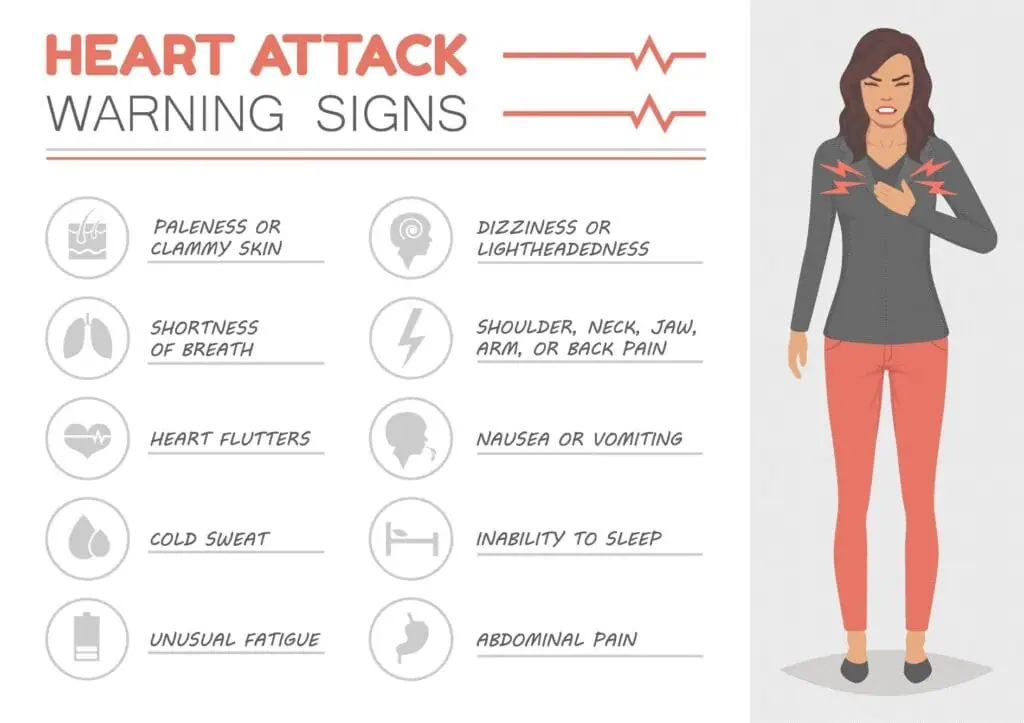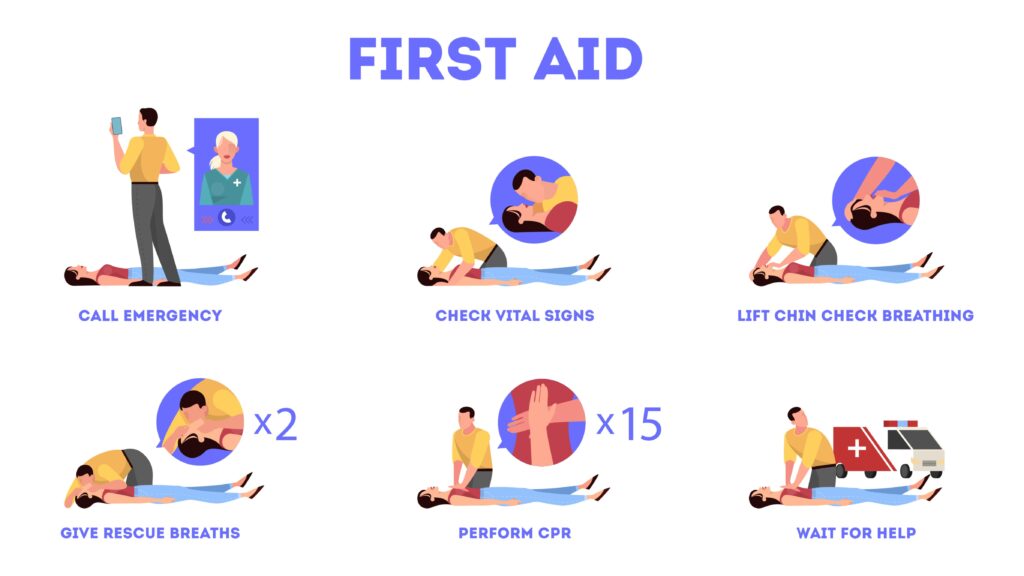
A health emergency never knocks on the door. A medical trauma or critical situation may present in the most unexpected way. During that time, experienced clinical intervention can be inaccessible for the time being. It is, thus, important for ordinary citizens to learn how to manage emergency situations, for instance, heart attacks. Knowing first aid in a heart attack can be a life-saving measure.
This article, written with insights from Dr. Rashi Khare, leading critical care specialist at the CK Birla Hospital, offers key information about first aid in heart attack.
Table of Contents
Heart attack, also known as myocardial infarction, is a condition that occurs when blood flow to the heart gets blocked. This blockage can be a result of long-term or gradual damage to the organ. Primarily, the accumulation of fat and cholesterol along with other substances may lead to the formation of plague in the arteries of the heart. The formation of a plague can rupture an artery and lead to the development of a blood clot. Furthermore, blood clotting and blockage can damage or destroy the heart muscles.
A medical emergency can look like and create a lot of panic. Before you deliver first aid in heart attack, you should at least know that the emergency situation is most likely the said disease. Therefore, it is important to learn about the common signs and symptoms of heart attack, which include:

It is to be noted that not everybody have similar symptoms of heart attack. Additionally, the intensity of the above-given symptoms also vary. It is also possible that some one may have only one symptom.
First aid for heart attack includes several precautionary steps. The following guide will help you cope with a stressful situation like this.

Step 1 – The first step you need to take when you suspect that somebody is having a heart attack is to call for help. You should instantly dial 112 and ask for an ambulance or connect with nearby healthcare institutions.
Step 2 – Analyze the affected person’s health condition and check if he/she is breathing. Additionally, check if the person has a pulse by examining the same on their wrist.
Step 3 (a) – In case the person is not breathing, you should immediately start CPR.
About CPR
CPR stands for Cardiopulmonary resuscitation. It is a life-saving measure that is provided to someone who is possibly having a heart attack or drowning.
CPR for heart attack can be performed by anyone – bystanders or first responders. Hands-only CPR includes giving repeated and rapid chest compressions in a rhythm of about 100-120 per minute until medical helpers arrive.
Step 3 (b) – If the person is not experiencing unconsciousness but has other obvious signs of heart attack, you should do the following:
If you are not a healthcare provider, the care and support you offer during the heart attack will be limited. While it is important to know which steps to take, it is essentially significant to know what not to do.
The following list provides an insight on what should be avoided while providing first aid in heart attack:
While in some people, heart attacks can occur suddenly, others may begin to notice their symptoms at least 2-3 days in advance.
Heart attack is a fatal condition, however, it can be effectively prevented with certain lifestyle recommendations and measures.
Here’s what you should do to reduce your chances of having a heart attack:
Timing is the key while providing first aid in a heart attack. You should act wisely and rapidly to help manage the person’s symptoms while professional medical health arrives.
The next steps for heart attack first aid are:
For more information and personalised guidance on first aid and critical care, visit the CK Birla Hospital.